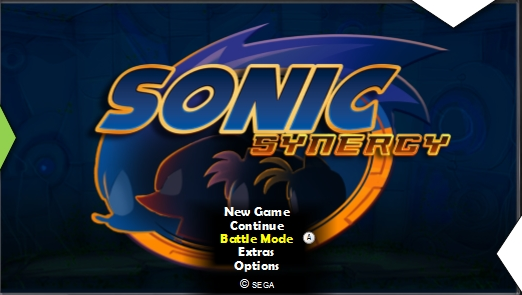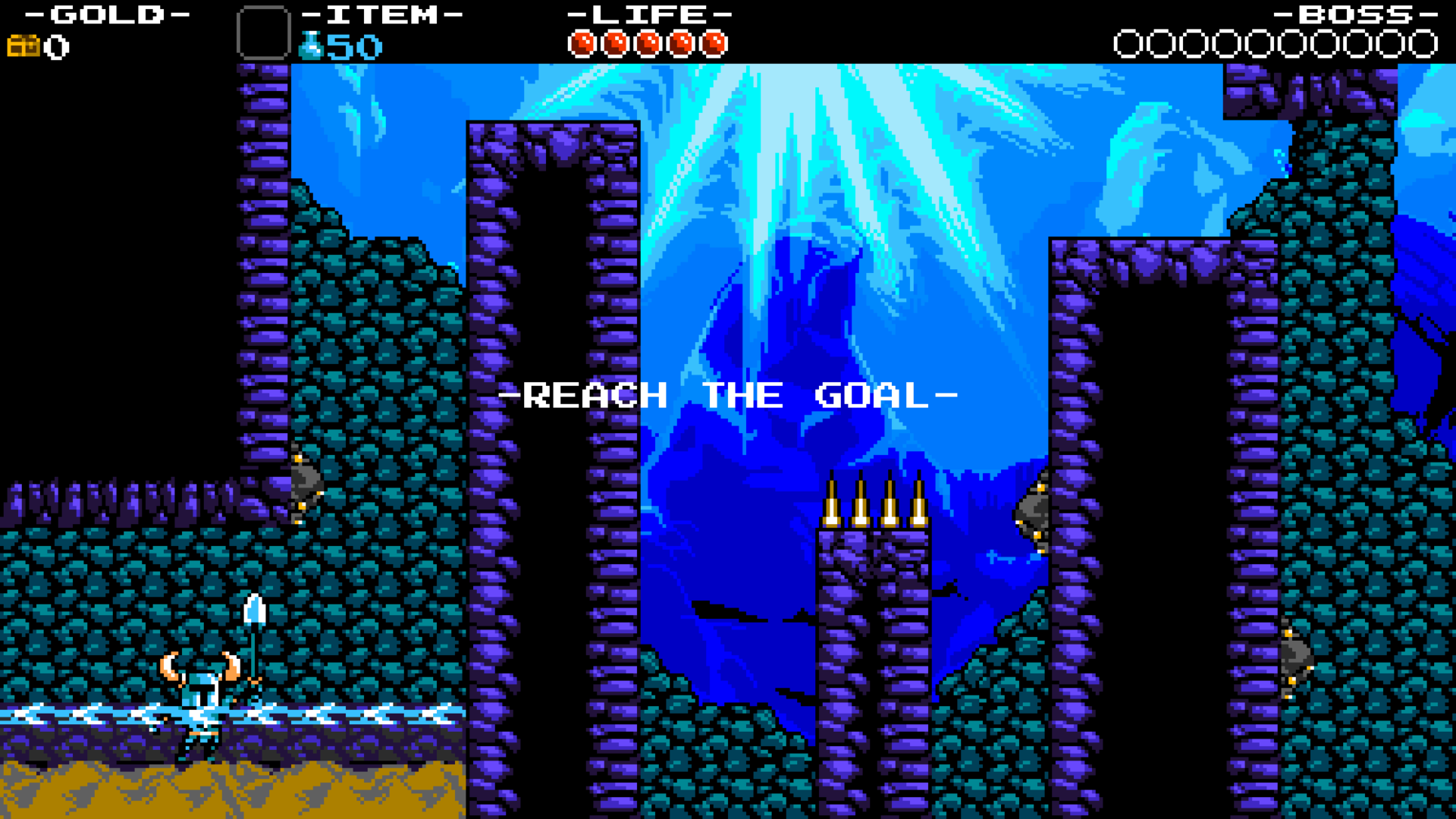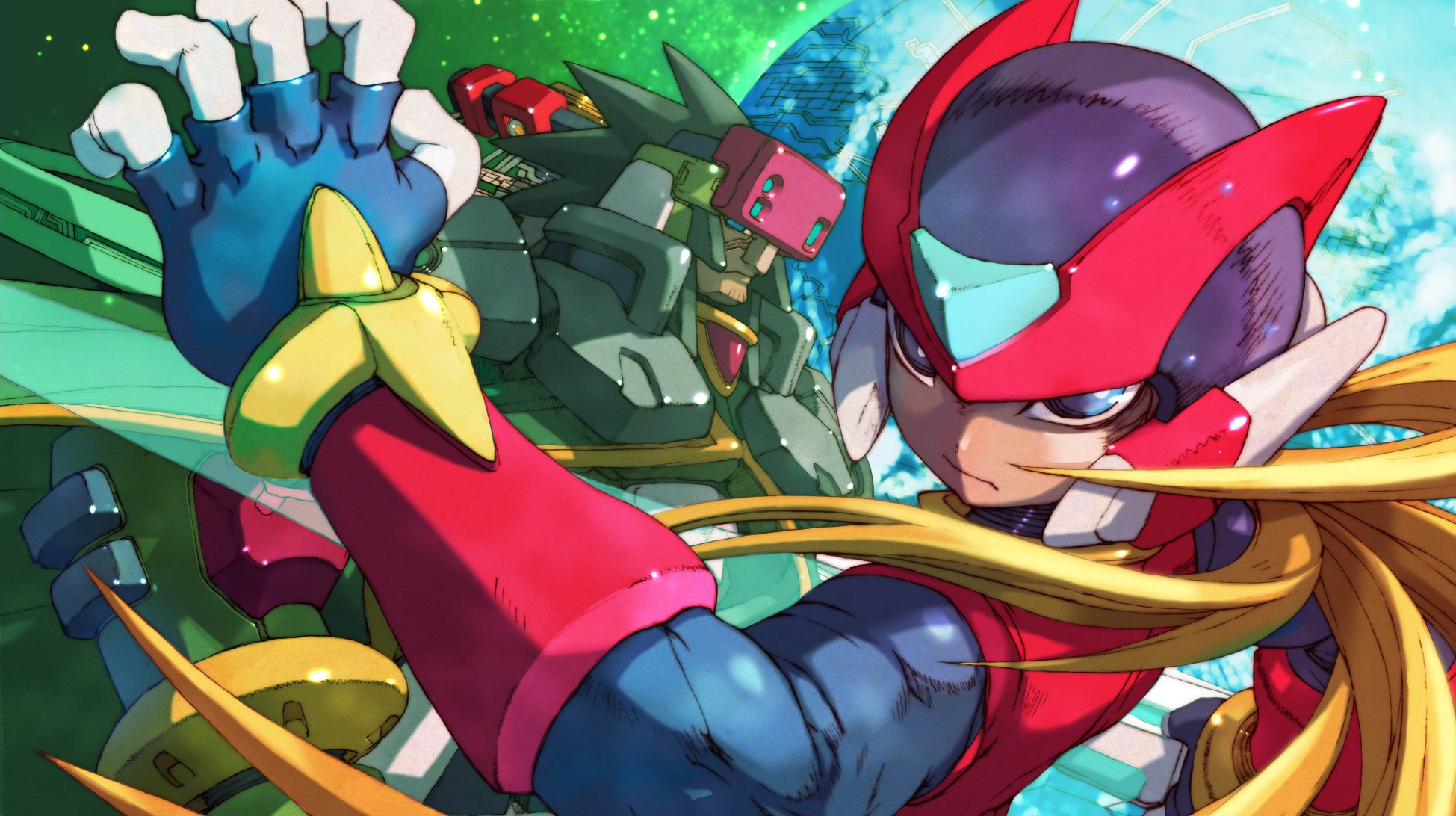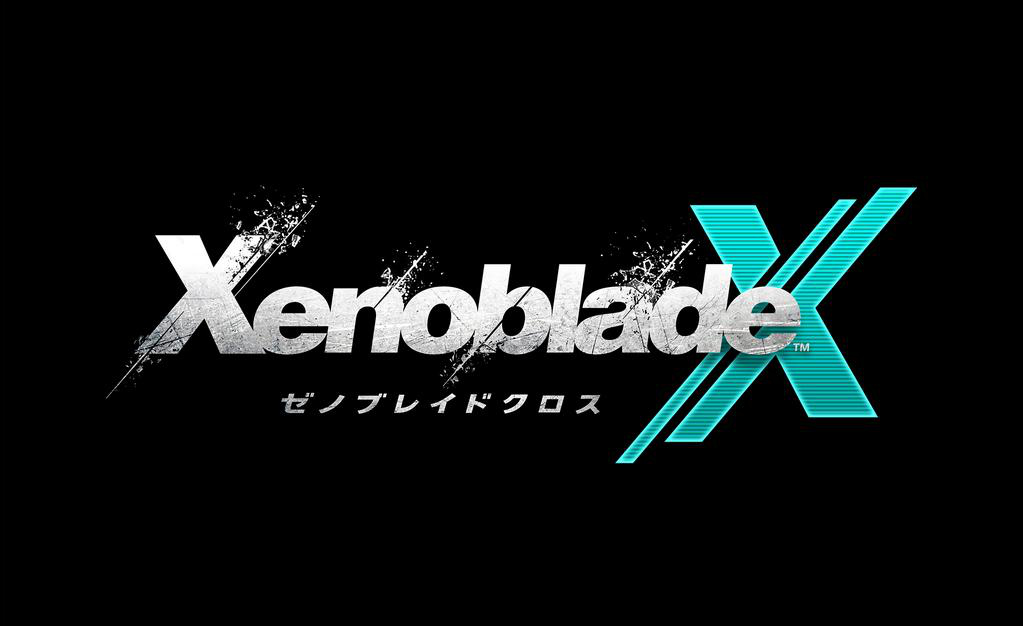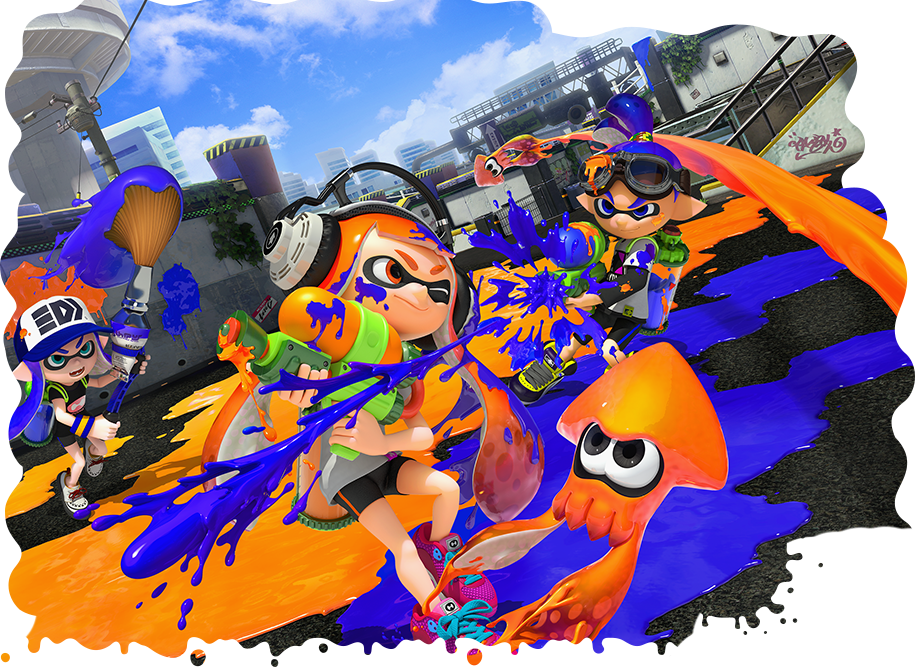Here’s what the wave 4 and 5 Smash Bros. amiibo do
Posted 8 years ago by Brian in General Nintendo, News | 4 Comments
GameSpot put together an article that rounds up the different functions of the wave 4 and 5 Smash Bros. amiibo. Check it out below.
Wave 4
Lucina
Super Smash Bros for Wii U – AI sidekick
Super Smash Bros. for 3DS – AI sidekick
Mario Party 10 – Scratch Bonus
Hyrule Warriors – 3 star or less weapon, Rupee bonus or crafting material bonus
Captain Toad: Treasure Tracker – Extra 1-Up
Codename: S.T.E.A.M – Gets added into your team as a playable character
Robin
Super Smash Bros for Wii U – AI sidekick
Super Smash Bros. for 3DS – AI sidekick
Mario Party 10 – Scratch Bonus
Hyrule Warriors – 3 star or less weapon, Rupee bonus or crafting material bonus
Captain Toad: Treasure Tracker – Extra 1-Up
Codename: S.T.E.A.M – Gets added into your team as a playable character
Charizard
Super Smash Bros for Wii U – AI sidekick
Super Smash Bros. for 3DS – AI sidekick
Mario Party 10 – Scratch Bonus
Hyrule Warriors – 3 star or less weapon, Rupee bonus or crafting material bonus
Captain Toad: Treasure Tracker – Extra 1-Up
Wario
Super Smash Bros for Wii U – AI sidekick
Super Smash Bros. for 3DS – AI sidekick
Mario Kart 8 (on April 23) – Mii racing suit
Mario Party 10 – amiibo Party mode
Hyrule Warriors – 3 star or less weapon, Rupee bonus or crafting material bonus
Captain Toad: Treasure Tracker – Extra 1-Up
Ness
Super Smash Bros for Wii U – AI sidekick
Super Smash Bros. for 3DS – AI sidekick
Mario Party 10 – Scratch Bonus
Hyrule Warriors – 3 star or less weapon, Rupee bonus or crafting material bonus
Captain Toad: Treasure Tracker – Extra 1-Up
(Note: This Amiibo is GameStop exclusive in the US.)
More: Amiibo
Lots of Puzzle & Dragons: Super Mario Bros. Edition videos
Posted 8 years ago by Brian in 3DS, Videos | 1 Comment
Sonic Boom was once known as “Sonic Synergy”
Posted 8 years ago by Brian in 3DS, News, Wii U | 7 Comments
The website for Edward Moore, a UX/UI design consultant on Sonic Boom, reveals that the Wii U and 3DS games were known as “Sonic Synergy” at one point.
Moore’s site also houses images of UI diagrams and early concept artwork. Another image – shown below – also seems to depict a slightly different-looking Sonic.
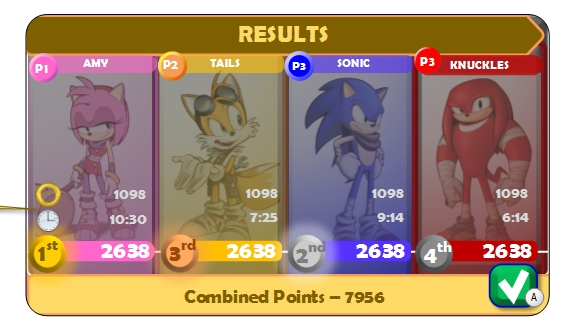
As The Sonic Stadium points out, “Sonic’s arms are back to being tan in colour, spikes are also different, much more like the Sega Sonic version. Amy also has some differences too.”
Update on Shovel Knight’s Plague of Shadows and Challenge Mode content, coming to Japan
Posted 8 years ago by Brian in 3DS eShop, News, Wii U eShop | 1 Comment
On its official website, Yacht Club Games shared an update on the new Plague of Shadows content and Challenge Mode for Shovel Knight. Both items will debut in Q2 of this year.
Here’s the latest:
Plague of Shadows
Plague of Shadows, the first big free update, continues to bubble and brew– taking more of its final form each passing day! Lately we’ve been tackling alchemy items, upgrades, and overarching systems! We were elated (and breathed a collective sigh of relief) to hear everyone’s feedback on Plague Knight’s core mobility during PAX East; now we’re now moving full steam ahead on all the overarching elements that go into the most plague-ular adventure.
Challenge Mode
Are you more into digging than distillation? Already have your Feats book long filled out? Well, then sharpen your skills for Challenge Mode! Prove your mettle by taking on new scenarios and returning foes alike. Use every bit of Shovel Knight knowledge you have to take on speed run challenges, boss rematches, and other rule-benders… and expect some tricky puzzles too! Challenge Mode will debut alongside the Plague of Shadows Update. As new Updates take form…so too will new challenges!
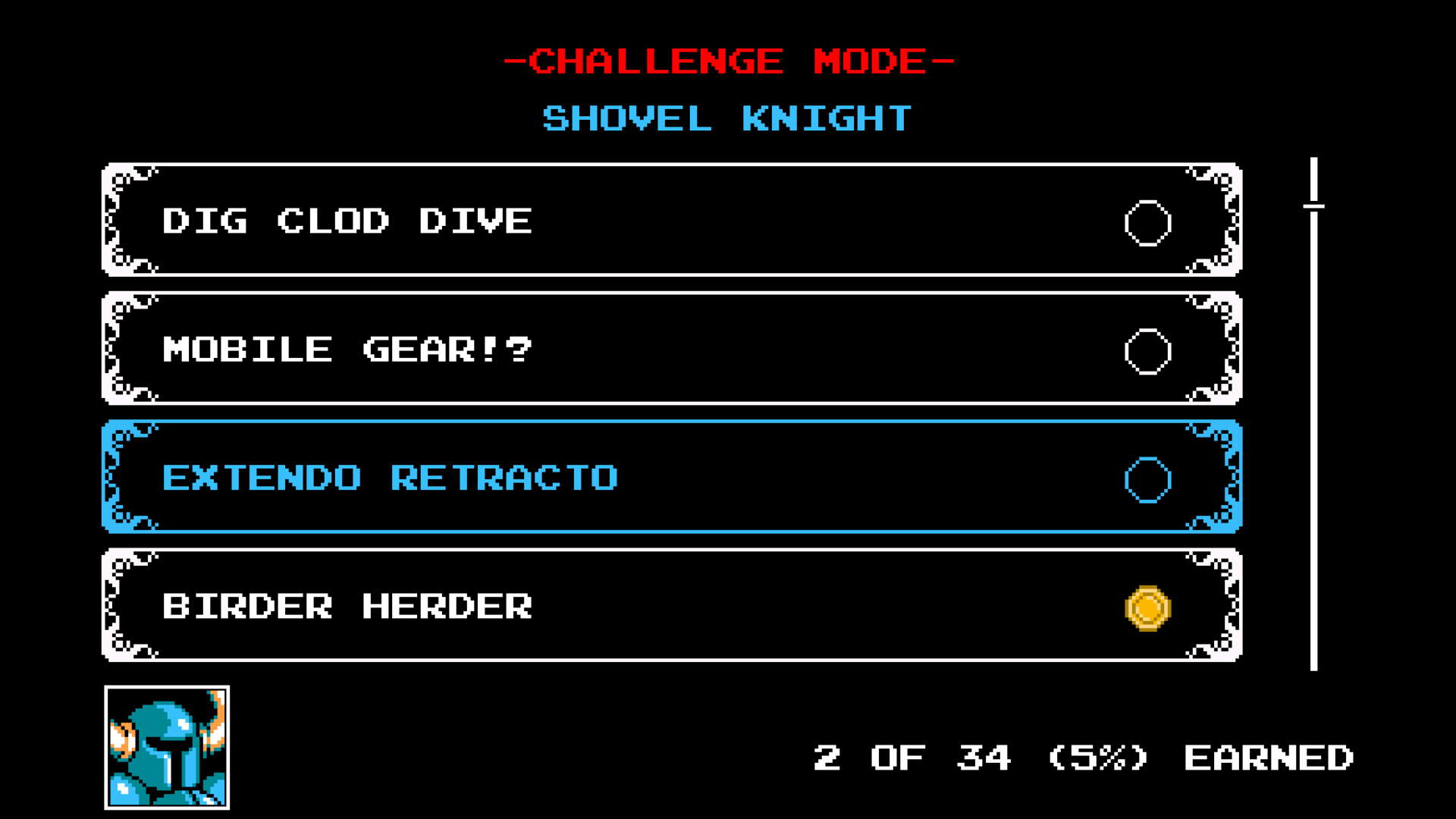
Yacht Club also announced that Shovel Knight is making its way to Japan. More details will be announced in the future, but it’s been confirmed that a new Japanese language option will be added to all versions of the game.
More: indie, Shovel Knight, title update, Yacht Club Games
Etrian Odyssey 2 Untold – Classic Mode trailer
Posted 8 years ago by Brian in 3DS, Videos | 0 comments
Atlus’ latest trailer for Etrian Odyssey 2 Untold provides a new look at the game’s Classic Mode. Watch it below.
And here’s the pertinent information regarding Classic Mode:
Unlike Story Mode, which has a fixed party and intricate storyline, Classic Mode gives players full access to character creation, as well as being able to customize characters using Grimoire Stones, which grant any character class to use another class’ skills.
One fun thing to note in the video, the background music is the “Classic” version as well, which uses the original Nintendo DS music. Like in the first Untold title, a newly added orchestral score can be selected from the options menu at any time.
Source: Atlus PR
An “honest trailer” for Pokemon Ruby/Sapphire
Posted 8 years ago by Brian in General Nintendo, Random, Videos | 4 Comments
Smosh Games’ continues its series of “honest trailers” with a new video for Pokemon Ruby/Sapphire. Watch it below.
More: Pokemon Ruby, Pokemon Sapphire
Inti Creates wasn’t originally planning on making any Mega Man Zero sequels
Posted 8 years ago by Brian in DS, GBA, General Nintendo, News | 13 Comments
USGamer put up a massive piece that recounts the history of Inti Creates. There are plenty of quotes mixed in from Takuya Aizu, the company’s president.
One of the more interesting topics concerns Mega Man Zero. Aizu first explains how Inti Creates originally wanted to kill off X, but Capcom intervened.
The main concept that we wanted to explore was Zero killing X. We wanted to come up with something really sensational. There was something about Mega Man Zero at first that we felt wasn’t quite right — it wasn’t true to our idea of the character. So we tried to resolve that by coming up with this dramatic concept.
Within the team, there was no resistance at all. In fact, right up until we went to master the game, the plot played out with Zero defeating X. However, Capcom as a company… it didn’t serve well for the company to have a series in which X is the hero and then another title where that same hero gets killed off. And so because of that, at the very, very, very end, like right before we sent the game to be manufactured, we had to change it so that the X that Zero kills was actually a copy. We didn’t have time to change the game play, though, so just the story changed slightly.
More: Capcom, interview, Inti Creates, Takuya Aizu, top
Massive roundup of Xenoblade Chronicles X details about gameplay and story
Posted 8 years ago by Brian in News, Wii U | 9 Comments
Lots of details about Xenoblade Chronicles X are starting to be translated from Dengeki Nintendo’s Xenoblade Chronicles X guide supplement. You can find a massive roundup of information below (thanks to Gessenkou).
– No damage when falling from heights for the most aprt
– No penalties upon dying in this game
– In the fields, you can find native creature nests as well as wreckage from the Moby Dick
– You need “Field Skills” to interact with these, and obtain items
– Get rewards for registering items in the Collepedia
– The Collepedia is split into lists for each continent
– Some field items can only be found at certain times of the day and in certain weather conditions
– 4 kinds of quests: Story Quests, Kizuna Quests, Normal Quests, and Simple Quests
– Story quests require certain conditions to be met before they can be accepted
– Kizuna quests affect the kizuna (affinity), and there are many involving your fellow main characters
– Story and Kizuna quests cannot be accepted at the same time, and cannot be cancelled
– Normal Quests are taken from NPCs in the city or field, with ? marks above their heads
– Simple Quests are taken from the Quest Board in the BLADE Area, up to 20 at a time
– The board changes each time you check it; the stars indicate the difficulty, but they don’t have recommended levels
– You can Scout other player’s avatars from the BLADE Scout Console
– It costs a certain amount of in-game currency, with Scouts higher than your own level costing more
– Once you’ve raised your class to rank 10, you can change to a higher level class; your available weapons could change completely depending on the route you choose
– If you reach rank 10 with a top tier class, you’ll be able to use that class’s weapons while playing as other classes
– Dolls have excellent jumping power, so they can take shortcuts around areas you’d have to take a detour past on foot
– You can’t ride in Dolls with frame levels higher than your inner level
– “Catch” can immobilize enemies for up to 10 seconds
– There are even alien bases in the Twilluminous Forest; they’ve got a gigantic machine in an inlet too
– There are native creatures that mimic the foliage; similar creatures exist in the Valley of Oblivion too
– If you fall into the misty ravine in the Valley of Oblivion, you will die
– Lightning strikes from the ground to the sky in the Valley of Oblivion
– If you’re outdoors while they’re happening, you’ll take continuous damage
– You can head indoors or hide in caves to avoid lightning
– Auroras dance in the skies of the Land of White Ash
– There are alien bases in the caves in the Land of Black Steel, with a pipe extending far underground
– You can select one of the quests you currently have, and have its details appear on the screen
– The minimap will display a marker indicating your goal
– Inner experience is awarded by completing battles, clearing quests, finding landmarks, and Frontier Net spots, and all sorts of other things
– Exp from clearing quests is relatively low
The exp you get from battle depends on how powerful the enemy is
– Stronger enemies give bonuses, weaker ones give reduced amounts
– There are seven types of locations to discover
– Vast regions called “Zones”
– Notable places called “Landmarks”
– “Areas” spread throughout the zones
– Hidden “Unexplored Regions” and “Superb Views”
– BLADE Troop garrisons called “Base Camps”
– “Frontier Net Spots” where you set Data Probes
– Each location type gives different rewards for discovering them
– Zones give no reward
– Landmarks give Inner Exp and Battle Points(BP)
– Areas give Inner Exp
– Unexplored Regions/Superb Views give large amounts of Inner Exp
– Base Camps give BP
– FN Spots give Inner Exp and BP
– BP are used to level up Arts and Skills; need 100 BP to raise a single Art to its max level
– If the nearest data probe to an Unexplored Region or Superb View is a “Research Probe,” you’ll gain rewards corresponding to their tourism value; discovering them raises the tourism value for that segment.
– Class exp can only be obtained in battle, and also changes depending on the strength of the enemy
– You need to amass “Union Points” to progress your “BLADE Level”
– Each time you raise your BLADE Level, you can choose one of your three Field Skills to level up as well
– Union Points are obtained by doing things like “defeating native creatures,” “defeating Overed,” “obtaining collection items,” “opening treasure boxes,” or “setting data probes”
– Ex: each time you pick up an item in the field, it does up
– There are many ways to obtain points
– The three types of Field Skills are “Mechanical,” “Biological,” and “Search”
– Mechanical: Necessary for setting data probes, and opening treasure boxes that require Mechanical; since it’s required to set Data Probes, you should raise it early on
– Biological: Necessary for examining Biological treasure boxes; they’re things like dung and 3meter anthills, they don’t look like actual boxes
– Search: Dolls abandoned by aliens become treasure boxes, and it’s used to open those; they can often be found in remote regions, like at the tops of cliffs
– The amount of Union points you receive change based on the Union you’re a part of
– If you don’t progress the story, you won’t be able to access certain areas or use certain systems
– Clearing early ones especially give you access to numerous new things, so you should hurry and clear them
– The requirements for accepting story quests include “clearing a particular quest,” “meeting inner level requirements,” “using specific party members,” in addition to “meeting an exploration rate on a specific continent”
– Talk to NPCs with a ? above their heads to accept Normal Quests
– You’ll be able to see these ? on your minimap if you’re close enough, but they’re very difficult to find in the field; some are difficult to reach, or hard to see; some are also hidden within objects, like inside of containers or beneath vehicles
– There is an immense difference in the number of quests compared to the first Xenoblade
– There are several hundred Simple Quests alone
– The three Simple Quest categories are “Subjugation,” “Collection,” and “Talk”
– Subjugation: kill the designated creatures or Overed; you won’t know the target’s level until you find them.
– Collection: Gather the designated item; if you already have them, the quest will complete as soon as you accept it and leave the board; the details screen lets you know if you’ve already got some of them.
– Talk: Quests where you talk to the client; different quests can often spring forth from these, even Kizuna Quests. Recommended for lovers of sub-stories
– Some Story Quests require you to clear Kizuna Quests before you can accept them
– There are even some involving the residents of the city, not just the main character
– When you accept a Kizuna Quest, you won’t be able to cancel it; you won’t be able to remove the required party members from your party until it’s completed
– There are Kizuna talks that happen when you raise your affinity/bond/kizuna with specific characters
– You can check the unique Arts your allies have in the kizunagram
– There are Story Quests that require certain levels of affinity/bond/kizuna
– Jumping while using the Dash feature greatly increases your distance and height; use this to jump on top of and walk on rocks, and avoid enemies
– Can’t stop Dashing immediately, since you slip a bit when you stop, so you might fall off a cliff, or get spotted by an enemy
– Some enemy reaction types (sight, proximity) change with the time of day
– You can change the time at Rest Points; in the field, you use BLADE tents; in NLA you use red benches
– If you have high Bolt resistance, you can negate the damage from Lightning weather
– The weather will change if you use Skip Travel
– Tension Arts use up 1000 TP
– Soul Voices you emit are “Soul Challenges”, and activate when you press B at the right time when the circle appears on the screen
– When you successfully complete a Challenge, the “Soul Stage” goes up by one level
– At higher Soul Stage levels, you get bonus TP for hitting Perfects on the Challenges, and the Soul Voice activation rate is increased
– You won’t get TP for getting non-Perfects, and the Stage will not decrease if you fail the Challenge; it resets when you get KO’d
– When you complete a soul voice, your affinity/bond/kizuna goes up
– Weapons and Skills can change how easily you amass TP
– There are even Skills that grant you TP when damaged by weather
– It takes 3000 TP to revive an Ally
– You won’t be able to use the OC Gear without progressing the story
– Non MCs have two unique Arts
– Ex: Elma’s “Ghost Stage” grants a buff to allies that lets them avoid a fixed number of enemy attacks
– The max level for Arts is 5
– Raising the level of Arts improves there Recast Time, Melee/Ranged Multiplier, Buff/Debuff/etc Effects, Buff/Debuff/etc Duration, and Special Conditions
– When attacking enemies from their blind spots(back, higher/lower elevations), your accuracy and critical rate rises; it’s easy to get Soul Challenges when you do critical hits.
– You can Dash and Jump even in battle
– Starting a battle with an Art has a high chance of producing a Soul Challenge
– You can choose which effects your allies will get for their arts that complete the Challenge from ‘dmg+100%/200% from back’, ‘each hit+100TP’, or ‘Recast Time reduced 50%’
– When you Topple enemies, they’re unable to do anything at all, your attacks are guaranteed to hit, and damage done to them is multiplied by 1.5x
– When you destroy parts, the enemy takes more damage
– Destroying different parts add to the bonus damage[multiplier]
– You can have your allies concentrate on the same part using the Battle Menu as well
– Using Arts while in OC Gear raises the Gear Counter
– Bonuses are easier to get if you use Arts with many hits
– Gear Counter effects include: Gear time extension, boosted damage, reduce all enemy debuff resistances, regain TP with attacks, shorten Recast time
Still want to learn more about Xenoblade Chronicles X? Then head past the break for a bunch of story information!
Mario Kart 8 – more Baby Park, Ribbon Road, and Neo Bowser City comparisons
Posted 8 years ago by Brian in Videos, Wii U | 0 comments
Thanks to IGN, we have yet another video comparing the upcoming Mario Kart 8 DLC courses Baby Park, Ribbon Road, and Neo Bowser City to tracks from their original games. Catch it below.
More: comparison, Mario Kart 8
Splatoon devs didn’t want the game to be based on a Nintendo franchise
Posted 8 years ago by Brian in News, Wii U | 7 Comments
GamesRadar was recently given an opportunity to speak with Hisashi Nogami, producer of Splatoon. During the chat, Nogami spoke about how the team wanted “to not get too caught up in Nintendo’s already existing franchises”.
He said:
“We went through a period of creating lots of prototypes. We didn’t want a franchise-based game, so we made a bunch of prototypes and one of those prototypes happened to be the game that became Splatoon. The idea was ‘something fun, something new, something different,’ not ‘a shooter.'”
Nogami also spoke about how playing other games has some impact when creating new titles:
“The development team is made up of people who play games a lot, and among them are people who play shooting games a lot, including Mr. [Yusuke] Amano, one of the game’s directors, who I’ve heard has spent his college years playing Perfect Dark. As game designers who play games, you can’t really help observing things you like and don’t like, and having those have some degree of influence on your thinking. The best way to express this is that it forms a base of thought that you bring into game development, but it doesn’t directly influence the game development.”

